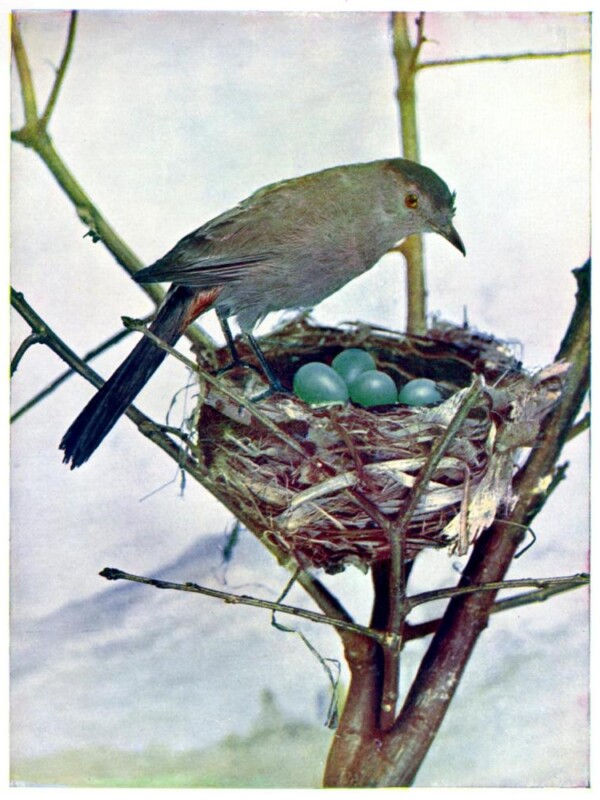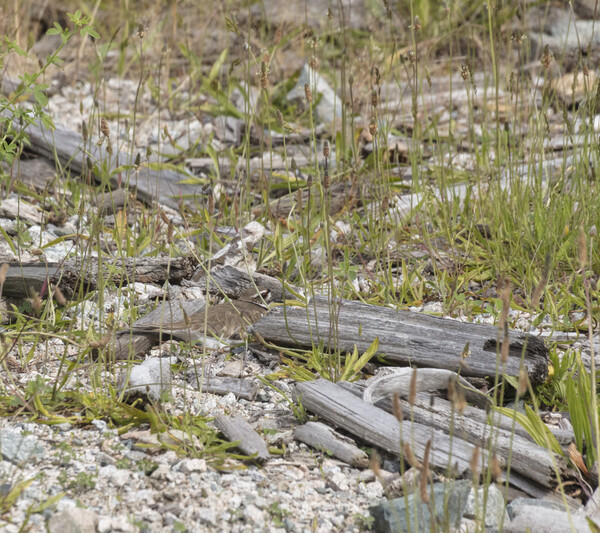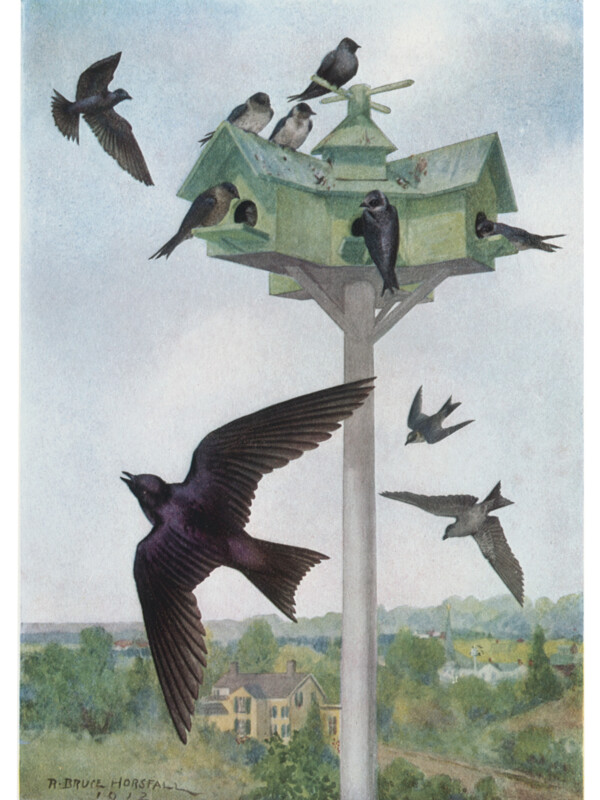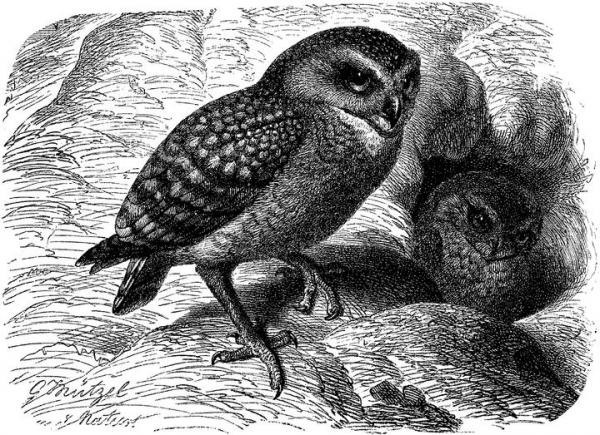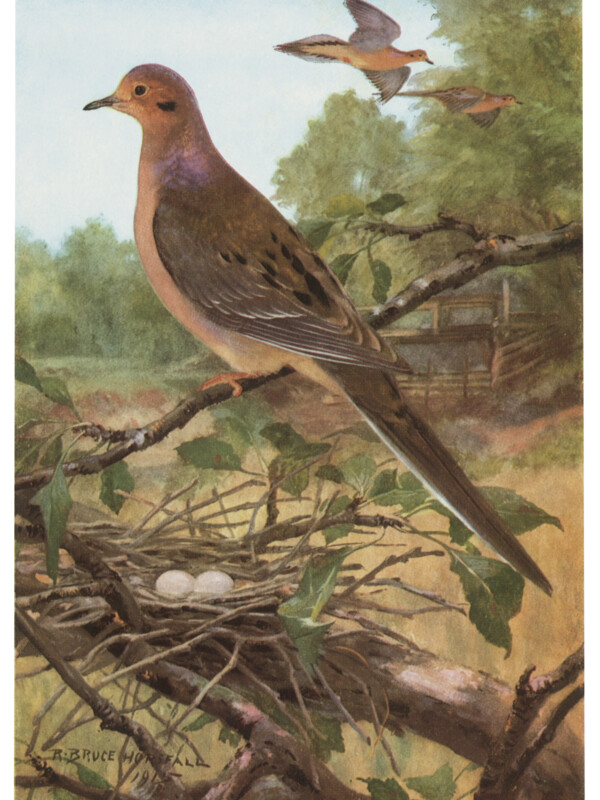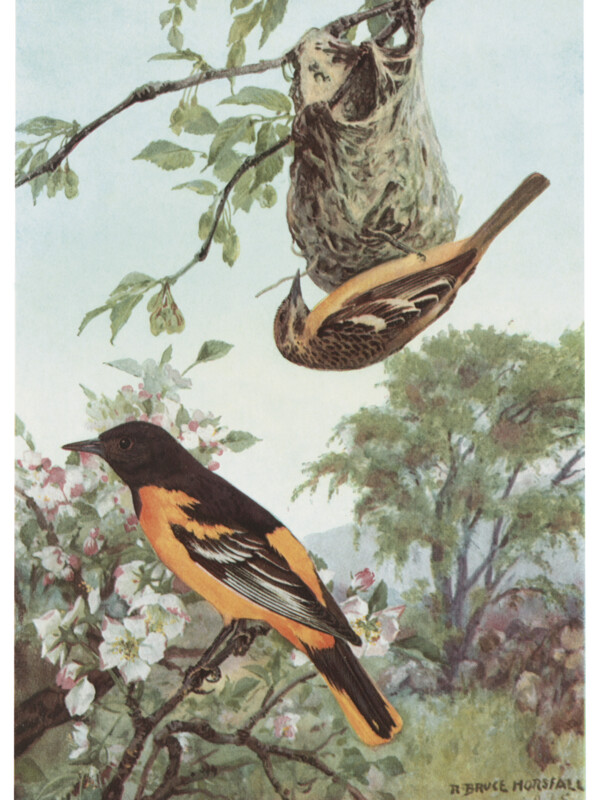ANN’S WINDOW TO NATURE
Nesting is a vulnerable time, which is why females are drab in color. Her mostly brown feathers blend in with her surroundings and act like a form of camouflage. Nest construction varies by species. Most often, females construct the nest.
There are several types of nests:
- The cup–shaped nest is probably the most common form of nest and ranges in size from the tiny Ruby-Throated Hummingbird nest measuring 1” in diameter to the gigantic Bald Eagle nest that can easily reach 5-6’ wide, 3’ tall and weigh upwards of 1,000 pounds.
- The scrape nest is scratched in the soil or grassy area. It is plate-shaped and lined with plant material. Wild Turkeys nest on the ground. Scrape nests readily fall victim to predators including raccoons, skunks, fox, snakes, and other birds.
- The mound nest is often constructed near water. The Canada Goose builds an elevated mound atop a muskrat den.
- The cavity nest is home to some of our favorite backyard birds. Cavity nests are constructed in dead trees, houses and boxes. Cavity nesters include the Eastern Bluebird, Black-capped Chickadee and House Wren. Other cavity nesters include woodpeckers, several species of owl and Wood Ducks.
- The burrow nest is not very common, however the Burrowing Owl will dig a burrow 6-10 feet long with a nesting chamber at the end. Some Burrowing Owls will take over the burrow of prairie dogs or ground squirrels. The rare Burrowing Owl is seldom seen in Minnesota due to habitat loss.
- The platform nest is generally constructed in tall trees and made of sticks with a depression in the center that is lined with grasses, dirt and r. Generally, the platform nest is a large nest constructed by Osprey and Bald Eagle.
- The pendant nest is a pouch-like structure woven by the female Baltimore Oriole who uses cottonwood fluff, slender plant material and even twine, grapevine and horsehair. Nesting material is often recycled from one year to the next.
- Some birds nest in a community colony called a rookery. Birds who generally nest in rookeries include waterbirds such as the Sandhill Crane, Great Egret and Great Blue Heron. We are fortunate to have several amazing rookeries in our area.
Shown: Cup-shaped nest (catbird), scrape nest (killdeer), cavity nest (martins), burrow nest (Burrowing Owl), platform nest (dove), pendant nest (oriole). Not shown: mound nest.
Nests are often reused year after year, as long as, the habitat continues to provide good food, water, space and cover. The female is largely in nest building and incubating. Most cup nests are lined with soft plant material and feathers.
Some birds including the Brown-headed Cowbird are known as a brood parasites. The female lays her eggs in the nest of another female of a different species such as a Northern Cardinal or Eastern Phoebe. The female Cowbird may even destroy one or more of the existing eggs. Cowbird eggs are typically first to hatch and the young birds are more robust than the resident young.
The female lays a “clutch” of eggs and is largely responsible for incubation. Both the male and female work to feed the “brood.”
- Clutch-refers to the total eggs laid by a female
- Brood- refers to a clutch of newly hatched eggs
- Nestling- young, featherless bird unable to fly that is fully dependent on adults for survival
- Fledgling- young bird able to fly but still dependent on adults
- Mortality- death
Nesting season comes with many risks. In fact, loss occurs at each stage: egg, nestling and fledgling. Roughly half of all young survive through their first year.
Causes of mortality:
- Eggs must be warmed continuously. An interruption in incubation can be deadly to an embryo.
- Predators: birds of prey (hawks & falcons) and mammals (fox, raccoon, skunk & cats) will take eggs and young alike. Ground nests are especially susceptible.
- Extreme weather including severe cold, heat and drought can be deadly for nestlings and fledglings.
- Starvation and dehydration.
- Parasites such as lice and mites can cause severe stress.
- Brood parasites such as cowbirds lay their eggs in a “host” nest. Cowbird young generally hatch earlier, which puts undue pressure on the “host” adults and young.
- Hatching time varies. Young that hatch first will have an advantage in terms of size and strength.
- Sibling rivalry- survival of the fittest is real. The weakest nestling may not be able to compete for food.
- Competition with other birds over nesting sites can lead to attacks on eggs and nestlings.
How can you help young birds?
- Offer clean water and quality food including seed, meal worms live or freeze dried, suet pellets and suet cakes, fruit, jelly and nectar substitute.
- Avoid pesticide use as insects are a critical food source for young birds.
- Provide adequate cover by planting shrubs and pines
- Keep cats indoors.
- Use baffles to deter predators.
- Mount bird houses high enough to avoid predators.
- Apply sheet metal portals to deter squirrels.
- Hang multiple nesting boxes and houses.
- Leave dead wood when possible.
- Create brush piles for quick cover.
By Eagan Store Manager ANN MCCARTHY


